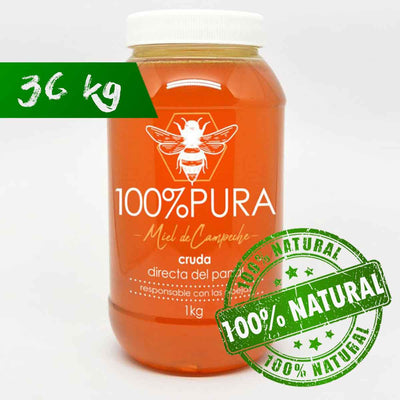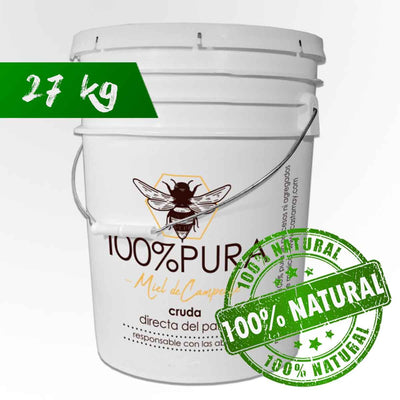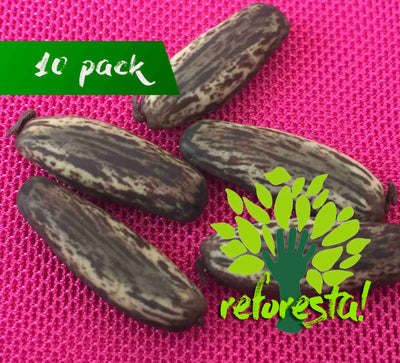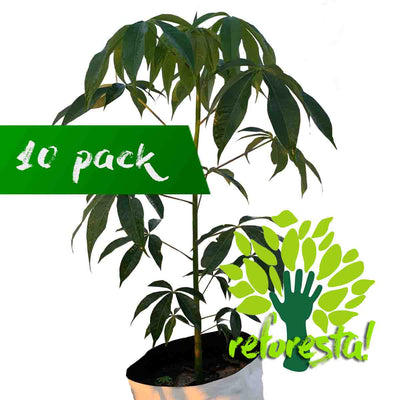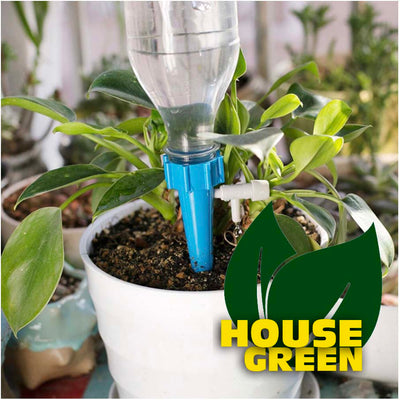Cupressus lindleyi
This coniferous tree, is located in much of North America and even Central America, receives the following common names in Mexico:
- Teotlate,
- Tlazca (Mexico)
- Cedar
- White cedar
- Cypress Nuculpat
- Nuculpat cypress (Chiapas)
- Yellow gretado
- Gretado galán (Oaxaca)
- Sesa'na (Mazahua language, Mex.)
- Tascate (Sinaloa)
DESCRIPTION
Shape: A stout, evergreen arborescent tree or shrub, 10 to 30 m (up to 40 m) tall, with a diameter at chest height of 60 cm (up to 1 m). Cup / Leaves. Conical cup, its shadow is dense. Scale-shaped leaves with sharp apex, imbricated, about 2 mm long by 1 mm wide, dark bluish green. Trunk / Branches. Straight trunk.
Somewhat ascending extended branches. Cortex. Bark gray or reddish brown, detachable in long narrow bands, resinous. Flower (s) Not available. Cone (s).
The male cones are oval, almost 4 mm long and yellowish in color, in the terminal part of the twigs. The female cones are globose, 8 to 16 mm in diameter, reddish-brown, in the axils of the branches, dehiscent. The early production of male cones characterizes the genus. These develop in the first years and the female ones in trees that are almost 10 years old.
Approximately 70 seeds per cone. Seeds). Angular and irregular seeds, 6 to 7 mm long and 4 to 6 mm wide, flattened. Root. The root system tends to be deep in dry sites. The seedlings from the first year have a well-defined central root and numerous lateral roots. Sexuality: Monoecious.
DISTRIBUTION
Sierra Madre Oriental.
It is known from Sonora and Tamaulipas to Veracruz and Chiapas. Wide distribution in the Valley of Mexico. Altitude: 1,300 to 3,000 m.
States of Mexico
- Colima
- Chiapas
- Chihuahua
- CDMX
- Guerrero
- Hidalgo
- Jalisco
- Mexico
- Michoacan
- Oaxaca
- Puebla
- Queretaro
- San Luis Potosi
- Sonora
- Tamaulipas
- Tlaxcala
- Veracruz
- Zacatecas
This tree is native to Mesoamerica and extends to New Mexico and southwest Texas, United States; and you can find him even Nicaragua.
HABITAT
It grows in a wide range of environmental conditions, humid slopes of hills, streams, ravines and home gardens.
Subhumid climatic region, inhabits places where the annual average temperature is above 12C and the annual rainfall between 1,000 and 3,000 mm. Soils: rocky, alluvial, deep with humus, deep sedimentary, shallow, limestone, igneous rock, clay, somewhat acidic soil, sandy, sandy loam, clay loam.
VEGETATION / ECOLOGICAL ZONE
Vegetation types
• Oak forest.
• Pine forest.
• Pine-oak forest.
• Mesophyll forest of Montain.
• Deciduous tropical forest.
Associated vegetation. Liquidambar styraciflua, Pinus patula, Pinus ayacahuite, Ostrya sp., Quercus sp., Cornus sp., Oreopanax sp., Alnus sp., Abies sp. This tree is native to Mesoamerica and extends to New Mexico and southwest Texas, United States; and you can find him even Nicaragua
PHENOLOGY
Foliage. Evergreen. Flowering. Flowers from February to April. Fructification. They fructify in autumn and winter. Pollination. Anemophila (wind).
PHYSIOLOGICAL ASPECTS
Increase. Fast growing species. Live from 40 to 60 years. In the first years of planting it grows approximately 0.7 to 1.4 m / year and in 30 years they reach 30 m with a diameter at chest height of 70 cm, the seedlings of 5 to 6 months of age have an approximate height of 30 at 35 cm
Fruit production begins between 2 and 5 years. At the age of 10 or 12 the trees produce good quality seeds.
Regeneration: Regularly by seeds.
SEED
Storage / Conservation. They can be stored in cold (between 1 and 5 C) and dry environments.
Dispersion: Anemocora.
Germination. Type: epigeal. Stratified seeds germinate at a constant temperature of 21 or 22 C; A controlled environment of 30 oC during the day and 20 oC at night is recommended. In seedlings it germinates in 35 days.
Germination percentage: 20%.
Number of seeds per kilogram: 170,000 to 320,000.
Collection / Extraction. Seed viability decreases in old cones, so it is recommended to collect mature cones (before they open) from one or two previous seasons.
The cones are dried at room temperature and in 1 or 2 months the seeds can be extracted. The process can be sped up by several weeks if the cones are boiled for 30 to 60 seconds or cut in half. Pregerminative treatment.
1. The seeds are stratified for 4 weeks in cold conditions at 2 to 4 C.
Viability / Latency / Longevity.
In tests carried out with several species of the genus, it was concluded that viability can be maintained for 10 to 20 years by storing them at temperatures between 1 and 5 C.
Seed type: Orthodox.
EXPERIENCES WITH THE PLANT
At the beginning of the century, the reforestation of deforested hills of Santa Fé and Tacubaya, in Mexico City, was attempted. Its establishment was difficult due to the lack of soil and adequate atmospheric humidity.CULTIVO
Cultivation aspects
In growing conditions, germination must be carried out in wet sand, the germination percentage increases and begins in the second or third week. The seeds are sown in seedbeds and later they can be transplanted in beds (1.20 m wide, separating each era 30 cm and the distance from the seedlings 15 cm) or in polyethylene bags (sand-soil 1: 1) after 6 months.
For extensive plantations or windbreaks it is suggested that the vines be cubic in shape of 30 cm per side, survival reaches 80%. Herbicide application has a positive effect on tree growth by up to 49% compared to tree growth without herbicide application. To keep it as a tree, pruning should be avoided and to keep it as a shrub, it is periodically pruned. It tolerates cutting or pruning well. Pruning diseased branches helps reduce tree diseases. It is recommended to carry out these prunings when the trees reach 6 or 7 m in height. Apply moderate watering. It does not require fertilization. It is planted at a distance of 8 to 10 m between each tree. Transplant with a broad root ball.
With boron deficiency in the soil, the growth of the cypress is stunted, the buds form rosettes, the scales turn purple and become necrotic, the deficiency of nitrogen and phosphorus or excess of manganese causes chlorosis. For commercial plantations the distance should be 3 x 3 m in a triangular outline, in places with shallow soils and with problems of erosion or rock outcrops; in places with optimal conditions the distance can be 2 x 2 m. For Christmas tree plantations, 3 annual cleanings and quarterly pruning are recommended when the trees have reached 50 cm in height.
RESTORATION EFFECT / ENVIRONMENTAL SERVICE
1. Windbreak barrier.
2. Ornamental. Parks and gardens, roadsides, street alignment. For the beauty of their foliage they are cultivated in the villages of the temperate zone.
3. Shade / Refuge for wildlife.
BIBLIOGRAPHY
Chacalo, Alicia, Alejandro Aldama and Jaime Grabinsky. 1994 Chaves, Eladio, William Fonseca. 1991.Corona Nava, E.V., L. Rosas P. A. Chimal H. and A. Hernadéz G. 1994.
Flinta, Carlos M. 1960 Lugo, Ariel, S. Brown and J. Chapman. 1988 Luoga, E.J., A.O. Chamshama S. and S. Iddi. 1994. Madoffe, S.S. and S. A.O. Chamshama. 1989. Martínez González Lorena and Alicia Chacalo Hilu. 1994. Martínez, Maximino. 1941. Martínez, Maximino. 1979 Reko, B.P. S / a. Rzedowski, Jerzy and Miguel Equihua. 1987 Stone, E.L. and F.J. Kalisz. 1991.
With information from CONABIO
http://www.conabio.gob.mx/conocimiento/info_especies/arboles/doctos/26-cupre1m.pdf



